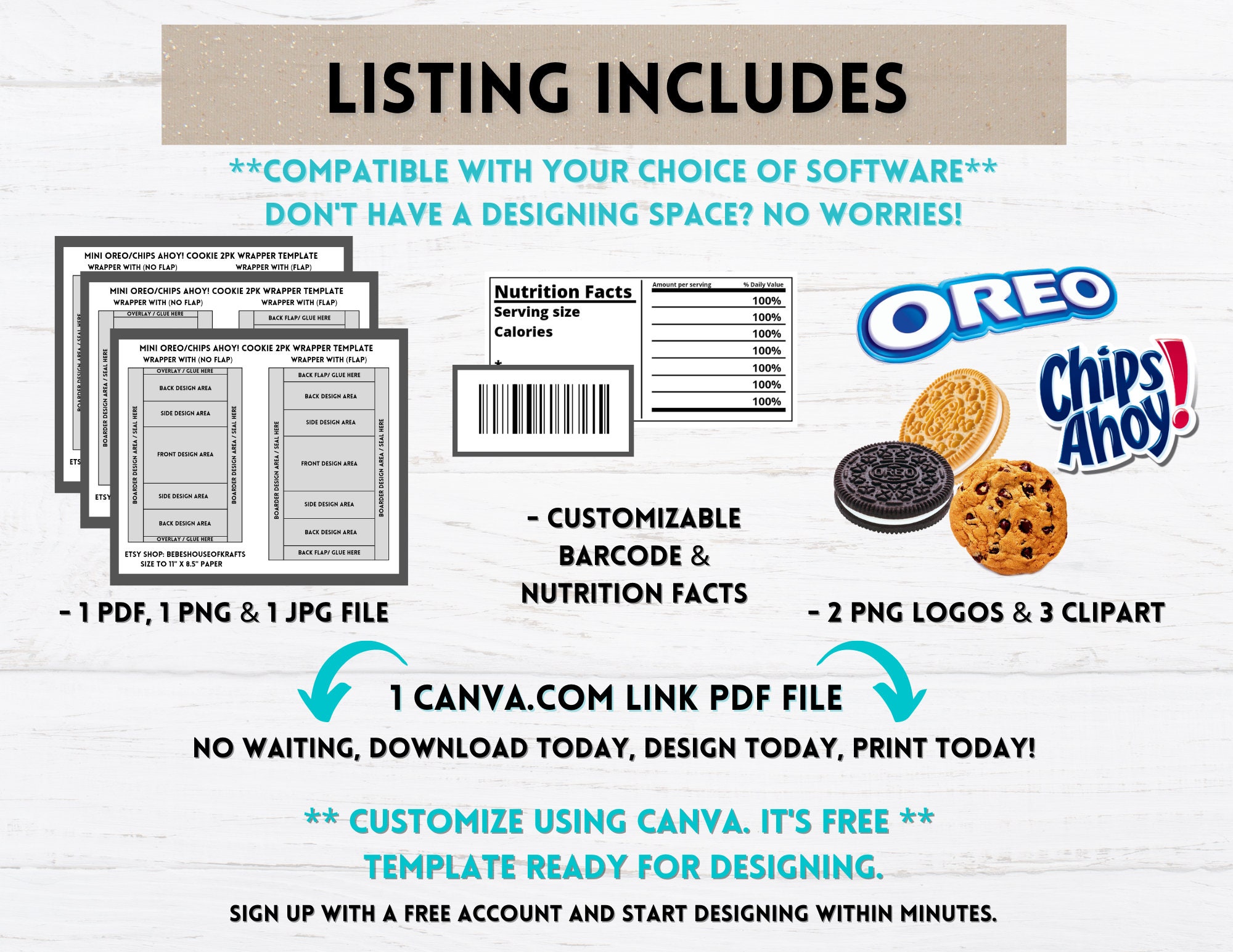

APP WRAPPER MINI SOFTWARE
Where the software does not allow this, some devices can be rooted to eliminate the undesired apps.Īpps that are not preinstalled are usually available through distribution platforms called app stores. Some pre-installed apps can be removed by an ordinary uninstall process, thus leaving more storage space for desired ones. Most mobile devices are sold with several apps bundled as pre-installed software, such as a web browser, email client, calendar, mapping program, and an app for buying music, other media, or more apps.

Several such apps exist for full-functionally emulating old home computers, game consoles or even mainframe computers from up to several decades ago. Īn emulation app for the programmable pocket calculator HP-41CX from 1983. Hybrid apps are built using web technologies such as JavaScript, CSS, and HTML5 and function like web apps disguised in a native container. Native applications are designed specifically for a mobile operating system, typically iOS or Android. Web apps are written in HTML5 or CSS and typically run through a browser. Īpps are broadly classified into three types: native apps, hybrid and web apps. The term "app", short for " application", has since become very popular in 2010, it was listed as " Word of the Year" by the American Dialect Society. Apps are generally downloaded from app stores, which are a type of digital distribution platforms. Mobile applications often stand in contrast to desktop applications which are designed to run on desktop computers, and web applications which run in mobile web browsers rather than directly on the mobile device.Īpps were originally intended for productivity assistance such as email, calendar, and contact databases, but the public demand for apps caused rapid expansion into other areas such as mobile games, factory automation, GPS and location-based services, order-tracking, and ticket purchases, so that there are now millions of apps available.
APP WRAPPER MINI WINDOWS
The WinUI3 project references the "Microsoft.WindowsAppSDK" Nuget package and I have also installed Windows App SDK (Version 1 stable) on my system.For Wikipedia's mobile apps, see Help:Mobile access § Applications.Ī mobile application or app is a computer program or software application designed to run on a mobile device such as a phone, tablet, or watch. / executed, and as such is the logical equivalent of main() or WinMain().īootstrap.Initialize(0x00010000) // -> application stops after this lineīool flag = Bootstrap.TryInitialize(0x00010000, out hresult) // -> application stops after this lineĭoes anyone know possible reasons for this behavior? / Initializes the singleton application object. However, as soon as the line with the call to Initialize is executed, the application stops with no visible exception.īoth of the following implementations show the same behavior. In my WinUI3 app, I inserted the call to Bootstrap.Initialize() into the constructor of the App class. In their example they use a console application that has this startup code, you can see the call to Bootstrap.Initialize() in their code: namespace DynamicDependenciesTestīootstrap.Initialize(0x00010000) // Call wrapper that enables the Windows App SDK APIs What I did was following these steps: Advanced tutorial: Build and deploy an unpackaged app that uses the Windows App SDK the applications crashes or more precisely just stops. The next thing I tried was referencing the Windows App SDK at runtime in order to use the features it provides. I can start the exe file created in the bin folder (debug or release) or debug the application using the "unpackaged" profile. I followed the instructions given here: Instructions for unpackaged C# WinUI 3 apps and this is working well. an app that does not use the MSIX packaging format. I have a WinUI3 app that I want to deploy as an unpackaged app, i.e.


 0 kommentar(er)
0 kommentar(er)
